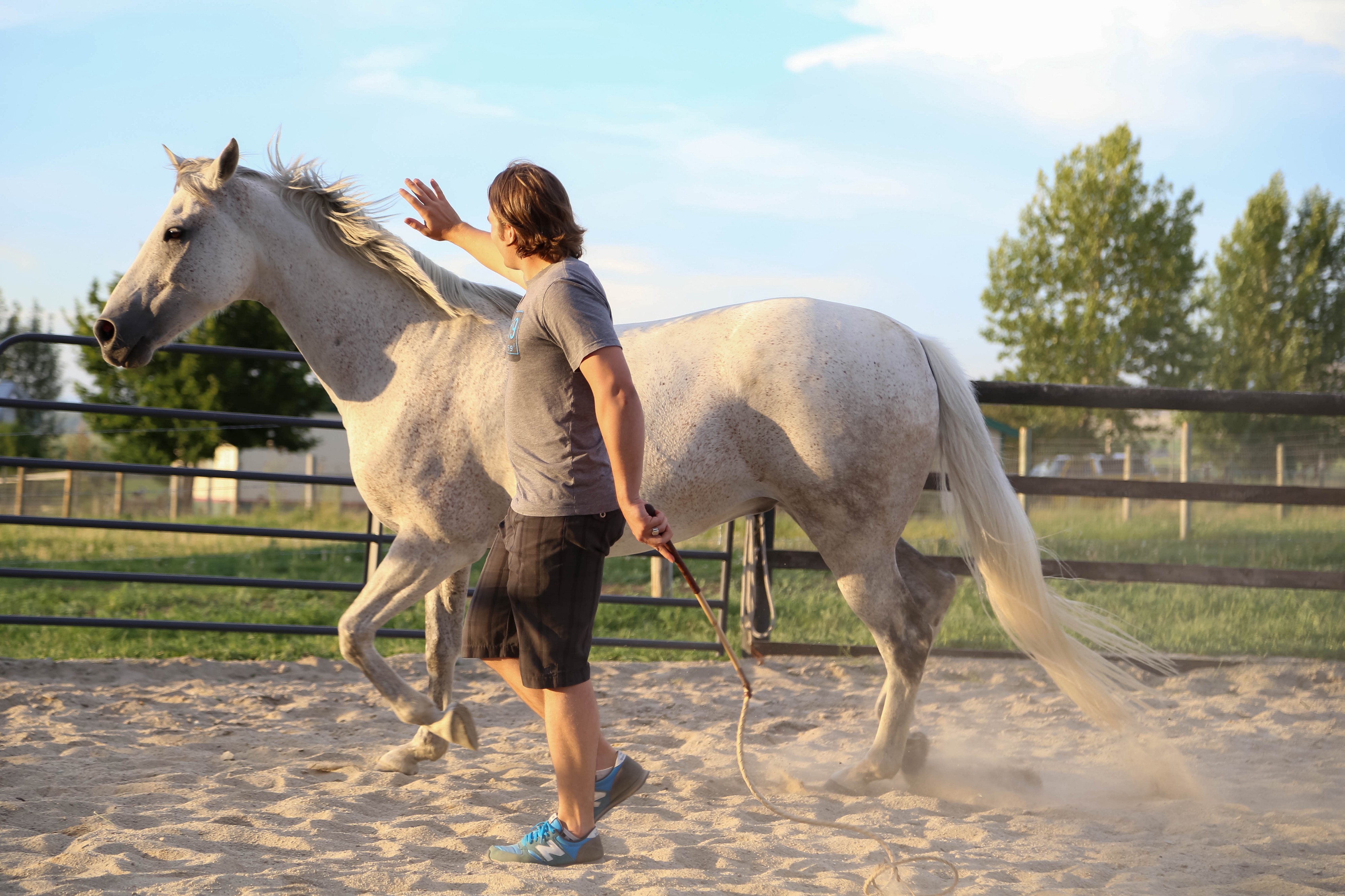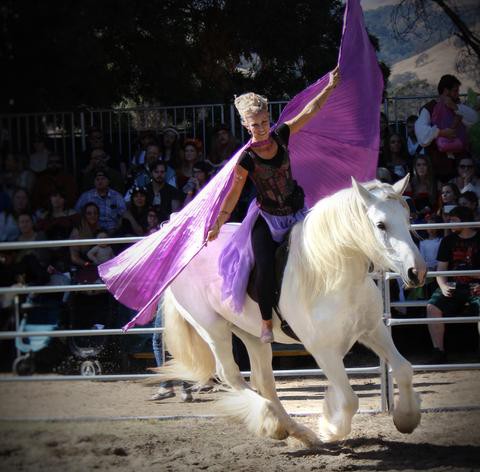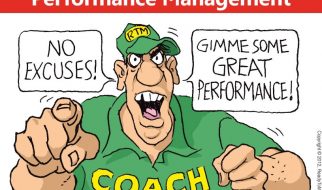 Beginners Guide to Natural Horsemanship ? by Don Jessop
Beginners Guide to Natural Horsemanship ? by Don Jessop
Beginners Guide to Natural Horsemanship ? by Don Jessop
?The Natural Horsemanship movement is so old it?s new again!? Pat Parelli
Historically, Mr. Parelli wasn?t too far off when he made that statement. From the oldest records of horse interactions, we can discover both abusive people working with animals and kind, supportive people working with animals. The kinder methods are what we call ?natural?. There is evidence, Native Americans used more natural methods for working with their animals. Of course, there is also evidence that some tribes didn?t use kind methods. Once again it comes down to each person working with the animal.
However, industry-wide, horses were poorly treated for several centuries during our industrial revolution. Because things had to happen so quickly, people often took shortcuts in a horse?s education, causing lots of undesirable things to happen between horse and rider teams or horse and driver teams.
In the early 20th century a few brave souls decided to start promoting kinder treatment of horses and softer training methods. Men like Tom and Bill Dorrance, just to name a couple. At first, they didn?t get much traction, but soon came a few more brave souls, and also, came better technology. Many of those men and women you?ve heard of. Monty Roberts, John Lyons, Pat, and Linda Parelli, just to name a few. Then, even more, entered the scene. Now there are thousands of ?Natural? horse trainers. It?s a beautiful thing.
I remember Pat Parelli telling me once in a private conversation, how he intended to help change the word ?horsemanship? to ?natural horsemanship? worldwide. He wanted the two words to be synonymous. I believe now, with the help of many other professionals scattered throughout the horse industry, brave enough to raise their voice, that he?s nearly done it. The word ?horsemanship? is becoming synonymous with ?natural horsemanship?
So what is Natural Horsemanship?
In a nutshell?Natural Horsemanship is meant to be, a psychology based training platform for horses and trainers, and it?s consists of five basic concepts. Psychology based means working with the inside of a horse instead of the outside (which many trainers still do).
The five basic psychology concepts of natural horsemanship are:
1. Approach and Retreat
The words ?approach and retreat? refer to training confidence in a horse. Let me give you an example. If I notice my horse is scared of a saddle, I wouldn?t just throw it on his back and hope he gets over the fear issue. Instead, I?d throw it toward his back, then take it away to give him a chance to relax about what?s happening. Then I?d do it again, and again. Slowly, I?d swing the saddle a little closer, backing away each time until he relaxed. Ultimately I could place the saddle on his back with him staying in a relaxed and calm state of mind.
There are many variations of this concept, involving speed, size, expression, time spend toward or away, and positions, but the premise is always the same. Move toward, and move away and repeat until calm.
2. Pressure and Release
The concept of pressure and release is simple enough to explain, a little harder to apply in every detailed situation that arises, but here it is in laymen terms. If I notice my horse really does not want to follow me into the horse trailer, I wouldn?t just push him in with a tractor. Instead, I?d hold tight on the rope and as soon as he took one single step in the right direction I would release my grip on the rope to acknowledge his or her effort. Then I?d repeat the process. Tighten the rope, wait for a small positive response then loosen the rope when he starts heading the right direction. Timing is everything. Release at the wrong moment and he ?might? learn the wrong thing. Release at the right moment and he ?should? begin to learn the right thing.
Of course, there are many variations to this concept as well. Variations in the amount of pressure, the speed of pressure, the rhythm or steadiness of the pressure, the type of pressure (visual, tactile, or audio) the time the pressure stays before it changes, the type of release, amount of release, and time spent before restarting the cycle. However, the premise is always the same. ?Pressure? motivates the horse and the ?release? is an acknowledgment the horse is heading in the right direction. Anyone willing to invest just a short amount of time experimenting with pressure and release concepts will notice the benefits right away.
3. Rewards and Consequences
What motivates a horse? The carrot or the stick? Each moment is different for every single horse at any given time or space. That means one moment you have to use a carrot to encourage and reward a horse and the next moment you have to use a stick to push, prod or drive a horse. In natural horsemanship, both strategies are employed. For instance, if a horse steps on your toe, you push her away fast enough to make her feel that was a bad idea. And on the other side of the scale, if a horse shows good effort to perform a task, a reward will be applied to show you appreciate the effort. Ideally, trainers should be slightly more reward-oriented in their training styles, which isn?t always the case in natural horsemanship or many traditional methods. In ?Mastery Horsemanship? (an all-encompassing training platform that crosses all horse industries) we actually encourage tipping the scales to reward-oriented training.
There are many variations to the reward and consequence concept. Including, but not limited to: the size of the rewards or consequences, the type of rewards or consequences, the speed at which they are applied, the timing of when they are applied or taken away, the frequency of application, the amount of time between corrections or rewards and continuing the task at hand, etc.
If you want to have some fun, pick up my book, Leadership, and Horses. Inside the book, I?ll give you three basic things that horses absolutely love, as rewards. Fundamentally, horses need rewards they understand. For instance, horses don?t really care for hamburgers or fizzy drinks.
4. Desensitization
Desensitizing a horse means, training him not to react in negative ways to challenging stimuli. In other words, building your horse?s confidence. If I notice my horse doesn?t like birds flying out of the tall grass while we?re riding down the trail, as a natural trainer, I will begin a specific program to take away his or her reactivity related to the experience. I might start riding with a dog, for instance, to simulate the coming and going of things at random in the tall grass. Or perhaps I?ll work with a flag or plastic bag, flashing it past his vision randomly, integrating rewards throughout the process. Also, only carefully involving consequences if he puts one, or both of us in harm?s way by moving in the wrong direction.
There are also many variations to this concept, including time spent in the program, how many sessions, how often, variations in rewards, intensity of stimulus, randomness or stimulus, type of stimulus, type of environment, whether or not the stimulus approaches the horse or the horse approaches the stimulus, and so much more.
The point is that horses benefit from desensitization of scary things. They need to be confident to carry a rider. Using approach and retreat techniques a natural horse trainer can build confidence quickly, for a horse who shows signs of fear.
5. Foundation Training
The Natural Horsemanship industry has most certainly cornered the market on the word ?foundation?. Foundation means, the beginning or start. It also means a ?building block? for success. It?s like kindergarten for kids. Horses desperately need a foundation before they are asked for higher levels of performance, and many natural horsemanship trainers have really good programs. So take a look at my article about trainers, to know how to find good trainers.

Extra notes:
For many people, Natural Horsemanship has also often been synonymous with ?trick? training. You will often see natural trainers lying down with their horses, teaching them to rear, spin, jump, ride without a bridle, ride bareback, practice ground maneuvers without a rope (liberty training), playing with toys like the giant ball, standing on pedestals, and much more. You?ll often see natural trainers using non-traditional tools, such as long sticks, whips, rope halters, and long lead ropes. All of which gives the trainer the ability to interact in unique ways.

Natural Horsemanship is an exciting way to think about training. It?s not the end all, be all, that?s for sure, but it helps a rider or trainer develop fantastic skills. Skills that can help you solve problems when you reach a plateau. Skills that can help you breakthrough scary situations and become a better leader for your horse because training is really about working with the inside of the horse, not just the outside.
Also, keep this in mind as you venture further into the field of natural horsemanship: Technically, any trainer, doing any type of task, including high-level Dressage, Reining, Jumping, etc., could be ?natural? in their methods. Remember, ?natural horsemanship? means psychology based training. Therefore, anyone who?s willing to consider their horse?s thoughts as something real and important is heading toward being more ?natural.?
Thanks for reading. Do you want more inspiration? Click here
Also, buy my book ?Leadership and Horses? It will change the way you interact with horses for the rest of your life.
One last thing? how would you like a FREE coaching strategy session with a master horseman? All you have to do is click this link, FREE Strategy Session, and enter your email, then you?ll get a call from Don or Rachel Jessop that will help you get started in a new direction. We?re excited to meet you!
Share this article, Like us on Facebook, Comment below, we want to hear from you. No question is too silly.


